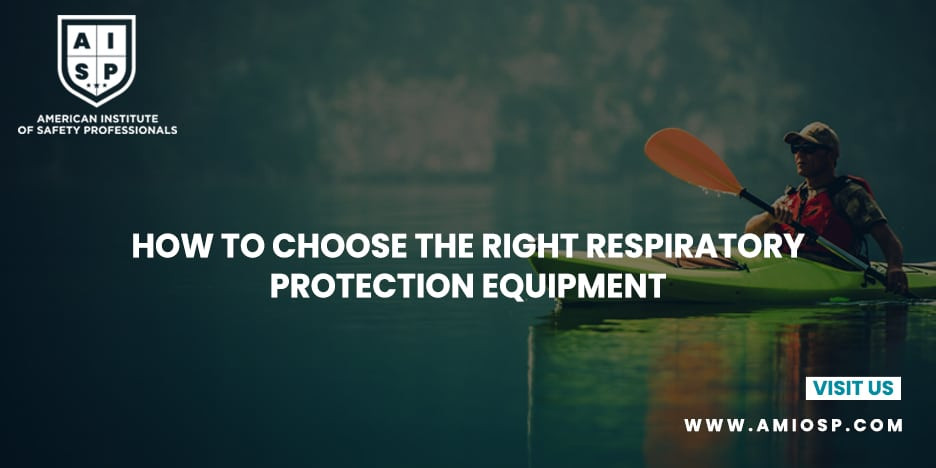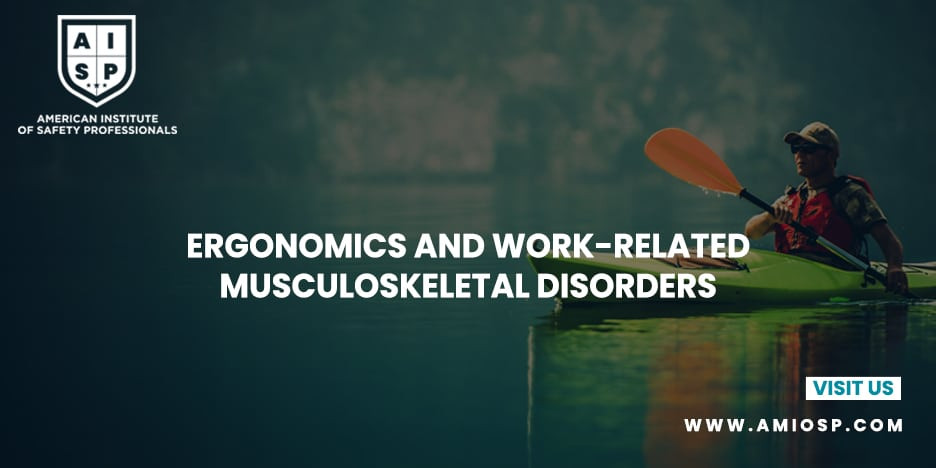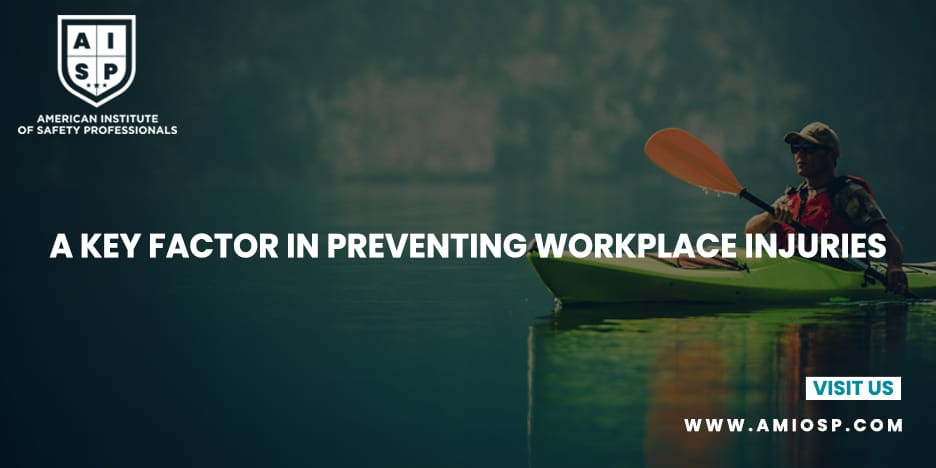Respiratory protection is an essential aspect of workplace
safety, especially in environments where employees are exposed to respiratory
hazards. Choosing the right respiratory protection equipment is crucial to
ensure the health and well-being of workers. In this blog, we will discuss key
factors to consider when selecting respiratory protection, helping employers
make informed decisions and providing employees with the appropriate level of
protection.
Identify the Hazards
The first step in choosing the right respiratory protection
equipment is to identify the specific respiratory hazards present in the
workplace. Conduct a thorough assessment of the tasks, processes, and
substances employees are exposed to. This includes identifying potential
airborne contaminants, such as dust, fumes, gases, vapors, or biological
agents. Understanding the nature and concentration of these hazards will guide
the selection process.
Assess Exposure Levels
Once the hazards are identified, it is crucial to assess the
exposure levels. Determine the duration and frequency of exposure to hazardous
substances. Measure the concentration of airborne contaminants to evaluate the
severity of exposure. This information is essential in determining the
appropriate level of respiratory protection needed to minimize the risk to
employees' respiratory health.
Understand Respiratory Protection Classes
Familiarize yourself with the different classes of
respiratory protection equipment available. This includes understanding the
distinctions between filtering facepiece respirators (FFRs), half-face
respirators, full-face respirators, powered air-purifying respirators (PAPRs),
and supplied air systems. Each class offers varying levels of protection and is
designed for different levels of respiratory hazards. Consult relevant
guidelines, regulations, and industry standards to determine the suitable class
for your specific workplace needs.
Consider Fit and Comfort
Respiratory protection equipment must fit properly to
provide effective protection. It should create a secure seal around the nose
and mouth, ensuring that no contaminants can bypass the protective device.
Consider the size, shape, and adjustability features of the equipment to
accommodate a variety of facial structures. Additionally, prioritize comfort to
encourage employees to wear the equipment consistently. Conduct fit tests to
ensure proper fitting and provide training on how to wear and adjust the
equipment correctly.
Evaluate Filtration Efficiency
The filtration efficiency of respiratory protection
equipment is a critical factor to consider. Different filters and cartridges
are designed to remove specific types and sizes of particles or gases/vapors.
Ensure that the chosen equipment has the appropriate filtration capabilities to
capture the hazardous substances present in the workplace. Look for equipment
that meets or exceeds relevant regulatory standards and certifications.
Assess Maintenance and Replacement Requirements
Respiratory protection equipment requires regular
maintenance and replacement to ensure continued effectiveness. Consider the
maintenance requirements, such as filter replacement, cleaning procedures, and
inspection protocols. Evaluate the availability and cost of replacement
filters, cartridges, or other components. Understanding these maintenance and
replacement requirements will help plan and budget for ongoing respiratory
protection needs.
Provide Training and Education
Proper training and education are essential for employees to
understand the importance of respiratory protection and how to use the
equipment correctly. Train employees on the selection, use, and maintenance of
respiratory protection equipment. Provide guidance on the limitations, storage
requirements, and signs of equipment failure. Promote a culture of respiratory
safety by encouraging open communication and regular refresher training
sessions.
Conclusion
Choosing the right respiratory protection equipment is a
critical step in ensuring the respiratory health and safety of employees. By
identifying hazards, assessing exposure levels, understanding respiratory
protection classes, considering fit and comfort, evaluating filtration
efficiency, assessing maintenance requirements, and providing training,
employers can make informed decisions. Prioritizing the correct selection and
proper use of respiratory protection equipment will contribute to a safer and
healthier work environment for all.












0 comments
No Comments